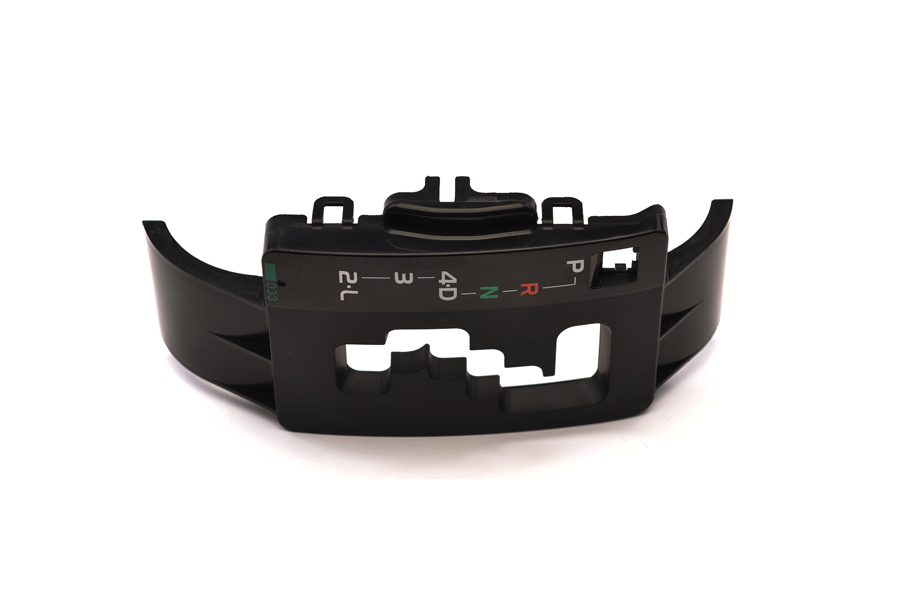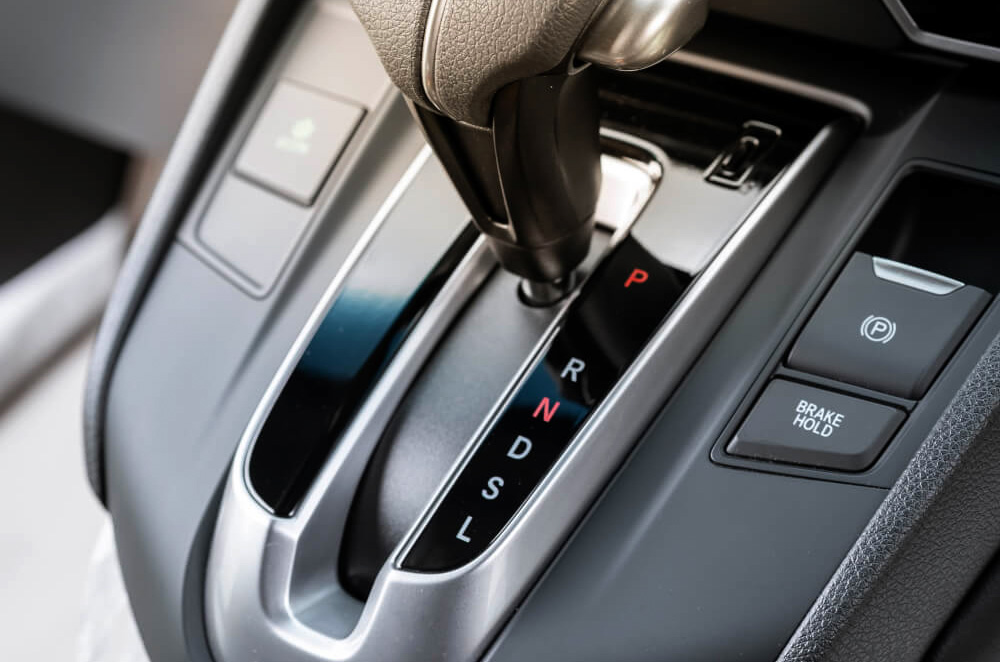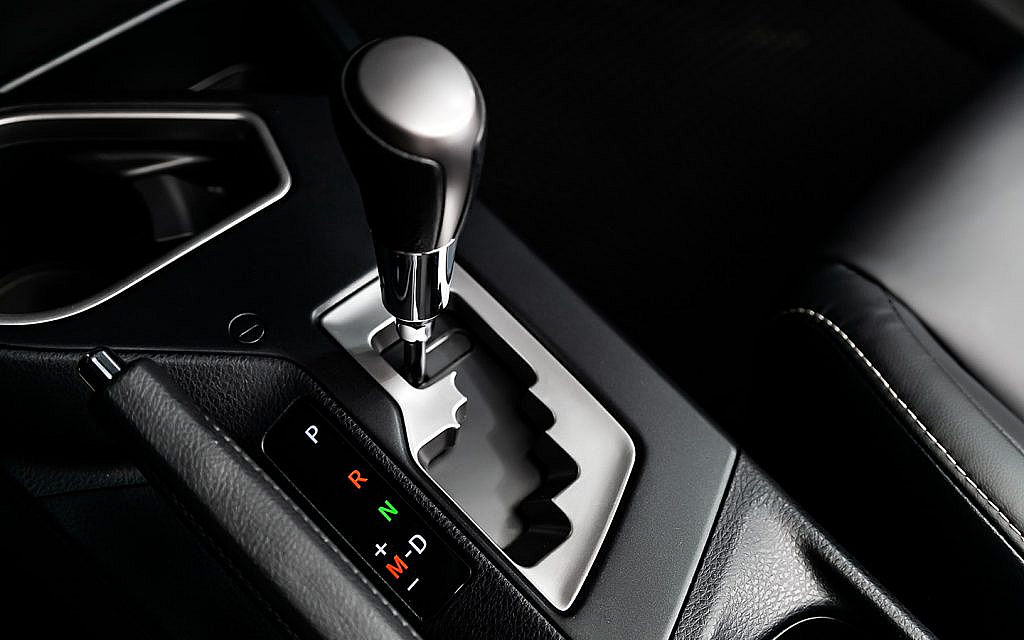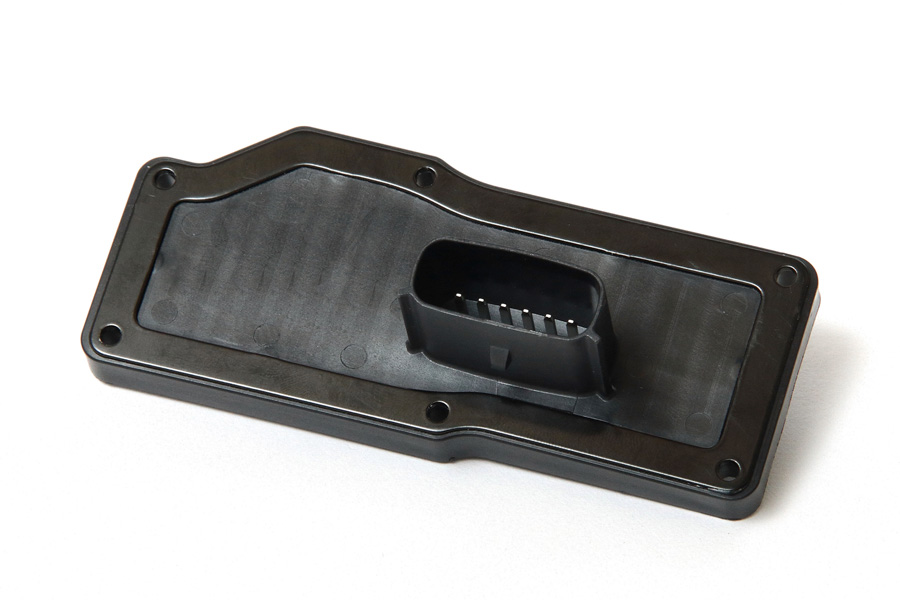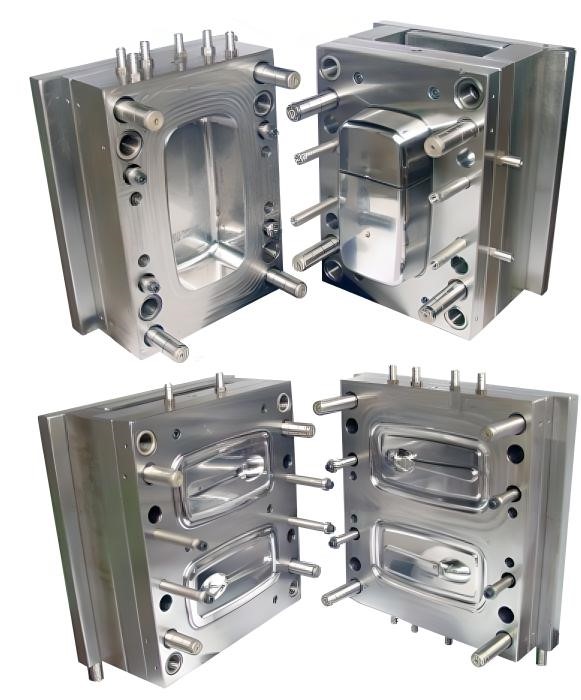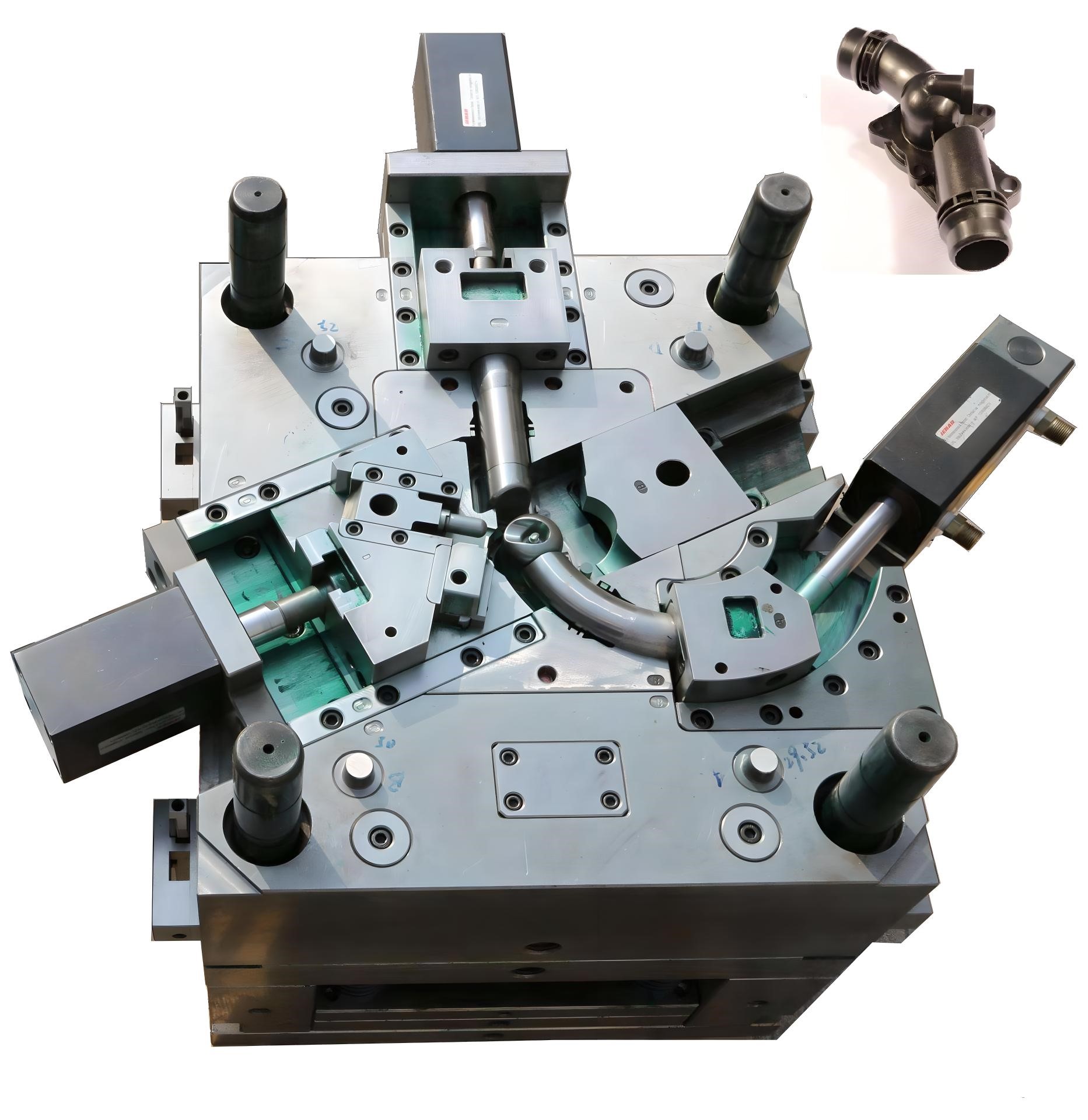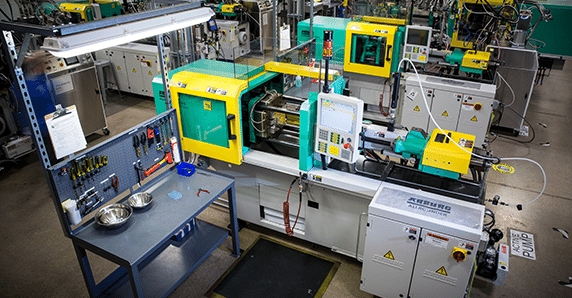Your blog feed for digital manufacturing resources, in-depth features, and industry news.
Shifter PRNDL vs. Automatic Transmission: Understanding the Difference and How They Work Together
Table of Contents
Introduction
In modern vehicles, shifting gears is essential for controlling speed, power, and fuel efficiency.
Two key systems involved in this process are the Shifter PRNDL and the Automatic Transmission. Though they work together, they serve different functions in a car’s drivetrain. Here’s a breakdown of each and how they interact.
What is a Shifter PRNDL?
The Shifter PRNDL refers to the physical gear selector panel typically found in the center console of a car. The acronym PRNDL stands for Park, Reverse, Neutral, Drive, and sometimes Low, indicating the various driving modes a vehicle can operate in. The Shifter PRNDL is the interface through which the driver selects the gear, controlling the vehicle’s speed and direction.
Park (P): Engages the parking mechanism and locks the transmission, preventing the car from moving.
Reverse (R): Enables the vehicle to move backward.
Neutral (N): Disengages the engine from the wheels, allowing the car to roll freely.
Drive (D): Allows the car to move forward in automatic mode, with the transmission adjusting gears based on speed.
Low (L): Provides low-speed driving with increased engine braking, often used on steep hills.
The Shifter PRNDL acts as the driver’s command center for controlling the vehicle’s transmission system. In modern cars, this is often a digital or electronic interface, with some models even offering touch-sensitive or knob-style gear selectors.
What is an Automatic Transmission?
An Automatic Transmission (AT) is a system that automatically changes the gear ratios within the vehicle’s drivetrain, eliminating the need for the driver to manually shift gears. The transmission is responsible for determining when the car needs to shift to a higher or lower gear, based on factors like speed, engine load, and throttle position. The primary goal of an automatic transmission is to provide a smooth driving experience without the need for manual intervention.
There are several types of automatic transmissions, such as:
- Conventional Automatic Transmission: Uses a torque converter to manage gear shifts.
- CVT (Continuously Variable Transmission): Uses a belt or chain to provide seamless gear shifts without distinct gears.
- Dual-Clutch Transmission (DCT): Utilizes two clutches to provide quicker shifts, often used in sports or high-performance cars.
How Do They Work Together?
The Shifter PRNDL and the Automatic Transmission are deeply connected in how they control a car’s movement. The Shifter PRNDL allows the driver to choose the desired mode (e.g., Drive, Reverse, Park), while the automatic transmission executes the appropriate gear changes based on the driver’s selection and driving conditions.
When you shift the gear selector into “Drive,” for example, the transmission takes over, automatically adjusting gears based on your speed and throttle input, ensuring smooth acceleration and deceleration. The driver has the option to select “Neutral” or “Reverse,” which signals the transmission to disengage or shift gears for specific driving situations.
While the Shifter PRNDL offers direct input from the driver, the automatic transmission ensures that the car operates efficiently without requiring manual shifting, providing a seamless driving experience.
Shifter PRNDL and Modern Innovation
As technology advances, so does the design and functionality of Shifter PRNDL systems. In recent years, we’ve seen the development of electronic Shifter PRNDLs, which offer several advantages over traditional mechanical systems:
- Compact Design: Electronic PRNDLs take up less space in the cabin, providing a sleek, modern aesthetic.
- Enhanced Safety: Many modern PRNDLs come with safety features like push-button start and automatic locking mechanisms to prevent accidental gear changes.
- Improved User Experience: With features like LED indicators, touchscreens, and haptic feedback, electronic Shifter PRNDLs offer a more intuitive and responsive interface.
The Role of Plastic Injection Molding in Shifter PRNDL Design
Plastic injection molding plays a crucial role in manufacturing the Shifter PRNDL components, particularly for modern electronic systems. The precision and versatility of injection molding allow for the creation of complex, durable, and high-quality parts that meet the demands of today’s vehicles. With advancements in plastic materials, manufacturers can produce lightweight, high-strength components that support the growing need for innovative designs in automotive gear selectors.
Conclusion
Conclusion
While the Shifter PRNDL and Automatic Transmission have distinct roles in a vehicle’s performance, they work together seamlessly to provide the driver with a smooth, efficient, and safe driving experience. The Shifter PRNDL offers control over the vehicle’s gear selection, while the automatic transmission ensures smooth operation without the need for manual shifting. With modern innovations in design and technology, these systems continue to evolve, and the role of plastic injection molding remains essential in delivering high-quality, reliable components that meet the needs of the automotive industry.
- Aerospace
- Agriculture
- Alternative Energy
- Automotive
- Building and Construction
- Chemical
- [email protected]
- +86 153 0262 2329
- Mon-Sun 8:00-22:00

